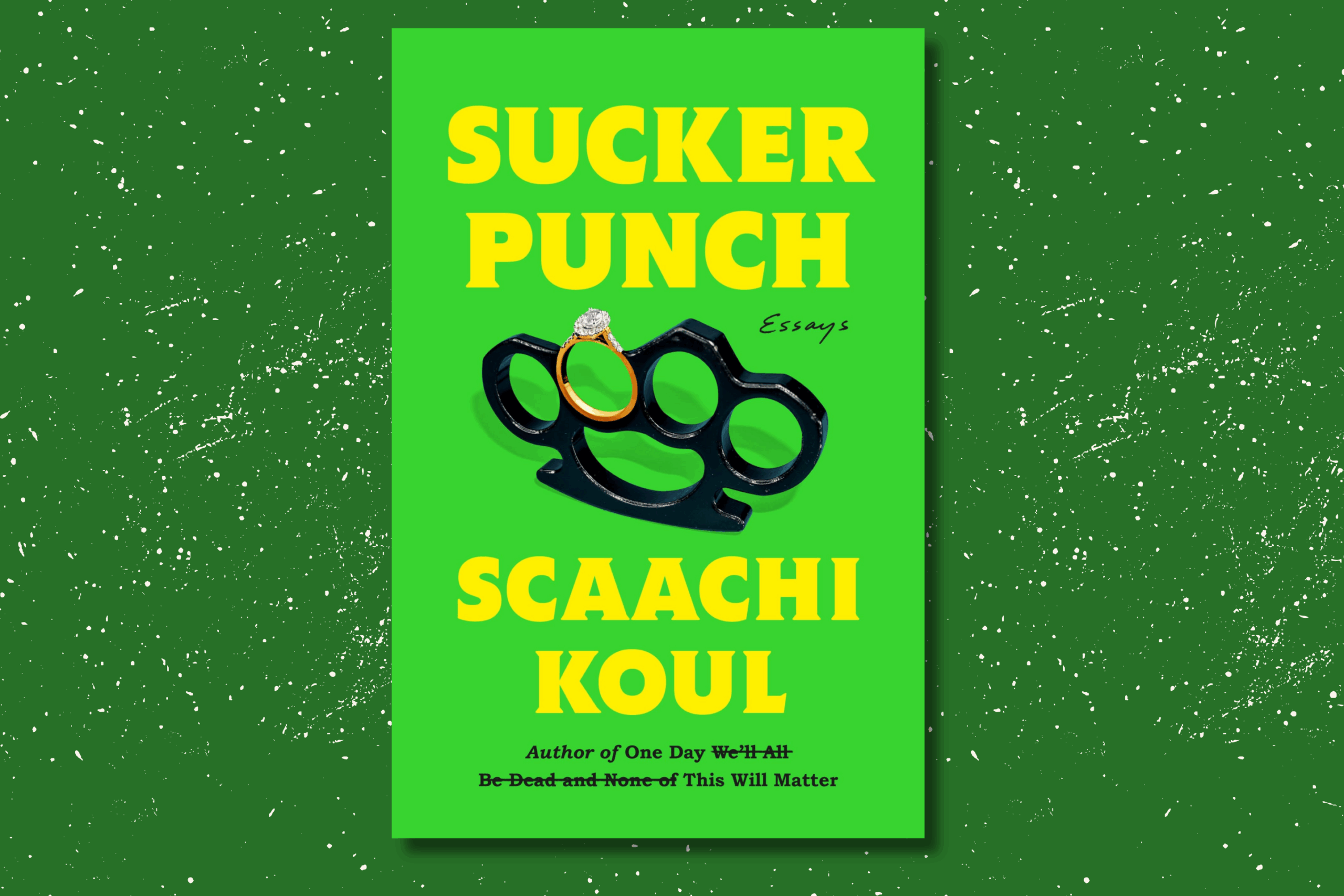Your guide to safe, de-stigmatized good samaritanism

By Grace Henkel
*audio coming soon*
In late 2024, a multitude of posters reading “ONTARIO HEALTH PUBLIC NOTICE” began to pop up around Toronto’s downtown core. These notices can be found pasted to narrow glass bus shelter panels, next to city bike docks, in the corners of TTC stations, over-looking grimy tile, cold stairwells and bare concrete. They’re found in places that commuters and pedestrians pass through quickly–not just because they have somewhere to be, but because these spaces are not meant for any human being to remain in for long.
Despite this, the notices announce that these exposed, hazardous and all-but-forgotten spots are the new, “re-located” injection and drug consumption sites. Masquerading as “Ontario Public Health,” the posters were distributed by harm reduction advocacy group SaveOurSites as a satirical comment on the Ontario government’s new legislation, but the eerie future implied by the posters may well become reality for some of the city’s most vulnerable residents.
As the new year arrived, the Ontario government approved the shutdown of nine existing safe consumption sites to be transitioned into “homelessness, addiction and recovery treatment” centres, which critics have argued stresses a culture of drug elimination and “abstinence” over evidence-based supervised harm reduction approaches. Safe consumption sites have been highly effective in preventing thousands of drug overdoses. The fast-tracked legislation “prohibits and closes any sites within 200 metres of a school or daycare, and effectively stops any new sites from opening,” as reported by CBC News Toronto.
Still, methods like the harm reduction kit can act as safety nets in the hands of community members, reversing opioid overdoses, protecting users from injury or infection and helping support people in their recovery process. With knowledge of the materials in this kit, you can be a sexy, slaying, stigma-free, good samaritan.
So look out for your friends, family, and chosen family, for your neighbours and community members, for complete strangers. With a harm reduction kit composed of evidence-based and medically-backed tools for safer substance use (and some cvnty personalized razzle-dazzle with glitter and stickers because, why not?!) you can look after yourself, the people you love and even yourself, the people you love and even those you’ve never met–whose lives can–whose lives can be saved with these tools for emergencies and safer substance use. In the words of Toronto’s Harm Reduction Advocacy Collective, “honour the dead and fight like hell for the living.”
Heads up
While this info is designed to inform our readers, it cannot replace the advice of a licensed healthcare professional. Resources and detailed instructions on the safe and proper use of equipment found in harm reduction kits can be found at harmreduction.org.
All information used for this guide was sourced from Toward The Heart, a harm reduction services program part of the BC Centre for Disease Control that provides harm reduction and overdose prevention information and resources.
SAFE INJECTION
Naloxone Kit
A life-saving tool to reverse opioid overdoses. Administered as a nasal spray or as an injection into the shoulder or thigh of a person experiencing an overdose. This will only reverse an opioid overdose and while it works rapidly (two to five minutes) the reversal is temporary and the individual experiencing an overdose will need urgent medical attention.
1. Sterile syringes
Don’t share needles! Use them once and discard in a secure sharps container.
2. Sterile water
To dissolve drugs in the form of crystals or tablets (such as crack cocaine or some types of heroin) for intravenous use. Prevents vein and tissue infection when users may otherwise use contaminated water.
3. Acidifier
Converts solid substances to aqueous form for safer injection. Common acidifiers include vitamin C, citric acid, lemon juice, and vinegar. For single, individual use. Vitamin C (Ascorbic acid) comes in sealed packets to avoid contamination.
4. Sterile cooker
Used as a container for dissolving intravenous substances. Don’t touch the inside of the bowl! Cup should be sterile, sealed, with heat-resistant handles (to avoid burns when heating substances from below).
5. Lighter
Used to heat and dissolve aqueous intravenous drugs in a cooker. A good idea to have aloe vera or topical burn cream on hand for accidental burns or abrasions.
6. Tourniquet
Used to identify a vein for injection. Users may substitute rope, shoelaces, wire, condoms, leather or terry cloth belts, or bandanas: these aren’t elastic enough for quick, easy release and can cause trauma to the skin and veins. Use thin, pliable, easy-to-release, non-latex materials with non-porous surfaces. This reduces the risk of trauma to tissue and makes them easier to clean (but don’t reuse them if you don’t have to!)
7. Alcohol swabs
For disinfecting the site of an injection on the skin. Sterile, and sealed. Use them once and chuck them out.
8. Secure personal sharps container
For individual use when you don’t have access to a safe disposal container.
SAFER SMOKING
1. Crack pipe mouthpiece
Clear vinyl tubing placed at one end of a crack pipe to protect the mouth from the heated pipe, may reduce incidence of cuts from sharp edges. Avoid sharing!
2. Crack pipe screen
Protects users from particles of solid cocaine, made of small pieces of metal mesh.
3. Push sticks
Used to pack and position the filter or screen (often Brillo) inside the crack pipe. Keep these clean!
4. Safety glass — bowl pipes and stems
Used to reduce harm for crystal meth and crack cocaine users. Glass is shatter and heat resistant. Mouth pieces should always be provided with pipes to help prevent cuts, burns, HIV, Hep C, infections and other harms.
5. Harm reduction foil
Used as a surface to position and heat substances for smoking or vaping. Unlike household and store-bought aluminum foil, harm reduction foil does not have a coating and is thicker to avoid the foil disintegrating and overheating substances.
6. Sterifilt FAST filters
For injecting tablet medications (pills) more safely. Coatings and powders, and other additives in tablet medication can cause harm when injected. Serious infections, abscesses and damage to the veins, skin, heart, and lungs can be reduced by using harm reduction supplies, including filters. Sterifilt FAST filters have tiny holes that help to remove most fillers and prevent them from being injected.
7. Paper straws
Used as an alternative to other tube methods of nasal drug use. Reduces risk of rigid devices. Different colours help prevent users from mixing up their straws and cross-contaminating.





Leave a Reply